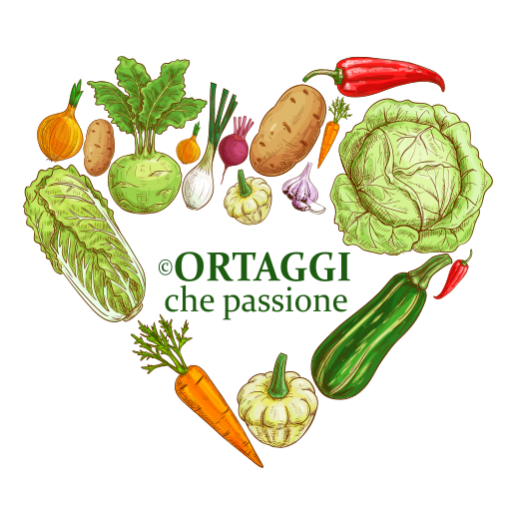Raw and Cooked Vegetables: two different ways of bringing the same foods to the table but with very different effects on our bodies. When it comes to vegetables, we often focus on which ones to eat, but rarely do we ask how to eat them. Yet, the way we prepare them can make a big difference: a raw carrot is not the same as a cooked carrot, at least from a nutritional point of view. Some nutrients are enhanced with cooking, while others degrade or are lost.
Discover how the properties of vegetables change depending on whether they are consumed raw or cooked. Because sometimes it’s not just a matter of taste or habit, but also of health, digestibility, and benefits for the body.
RECIPES with seasonal vegetables in JANUARY
RECIPES with seasonal vegetables in FEBRUARY
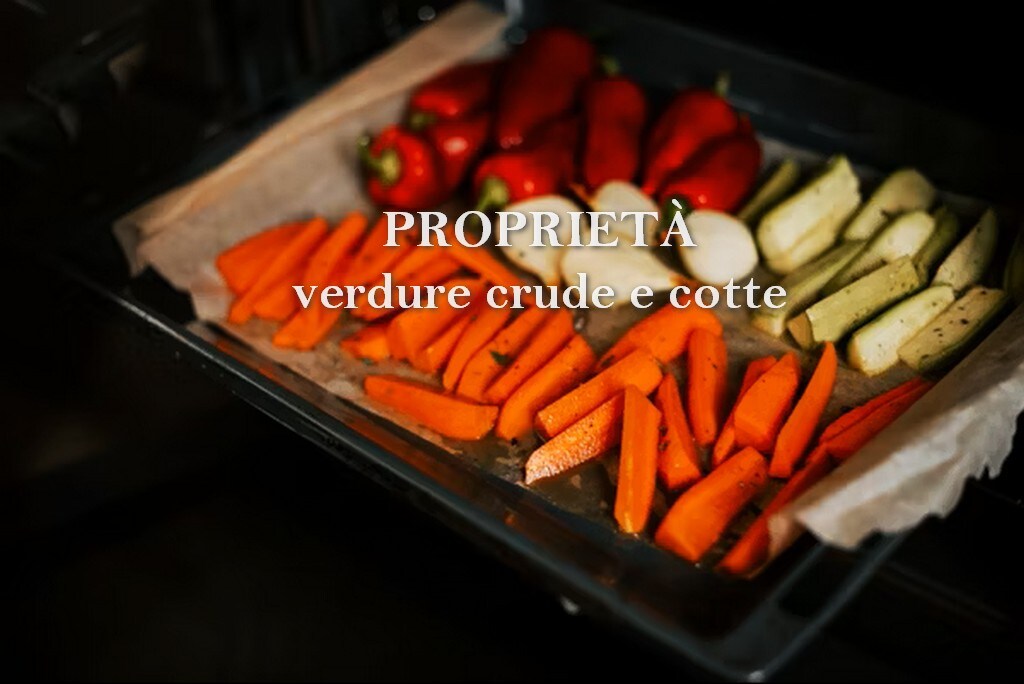
- Cost: Affordable
- Portions: 1 person
- Cuisine: Healthy
- Seasonality: All seasons
Raw and Cooked Vegetables
SERVINGS PER PERSON
- 3.5 oz raw vegetables
- 7 oz cooked vegetables
PROPERTIES of Raw and Cooked Vegetables
Many vegetables offer different nutritional profiles and benefits depending on whether they are consumed raw or cooked. This is due to various factors, such as the heat sensitivity of some vitamins and antioxidants or, conversely, the greater bioavailability of other nutrients after cooking.
🍀🍀🍀🍀
Raw
Contains allicin, a volatile sulfur compound responsible for its characteristic odor and many of its beneficial properties (antibiotic, antiviral, antifungal, and potentially beneficial for cardiovascular health and antitumor). Allicin forms when garlic is crushed, chopped, or chewed, and it degrades with heat.
CookedCooking, especially if prolonged, inactivates allicin, reducing its antibiotic properties and other benefits related to this compound. However, cooked garlic retains other antioxidant and anti-inflammatory properties and continues to be a valuable ingredient for flavor and other heat-resistant compounds.
🍀🍀🍀🍀
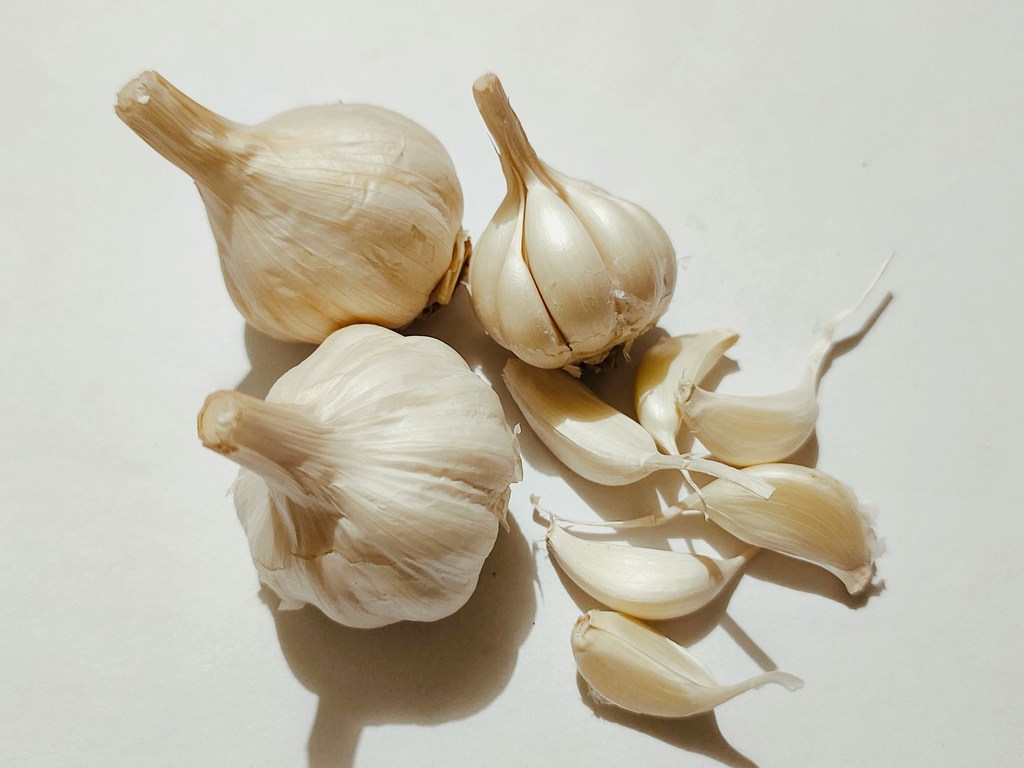
Raw
Contain enzymes (such as myrosinase) that help convert glucosinolates into isothiocyanates, compounds with powerful antitumor properties. These enzymes can be partially inactivated by intense cooking. They are also rich in vitamin C.
Cooked (preferably steamed or briefly)
Cooking can reduce the vitamin C content. However, isothiocyanates are still formed (albeit to a lesser extent than when consumed raw), and in some cases, cooking can increase the bioavailability of some carotenoids and fibers. It’s important not to overcook them to best preserve nutrients.
Recipes with Brussels sproutsles
Recipes with black cabbage or Kale
🍀🍀🍀🍀
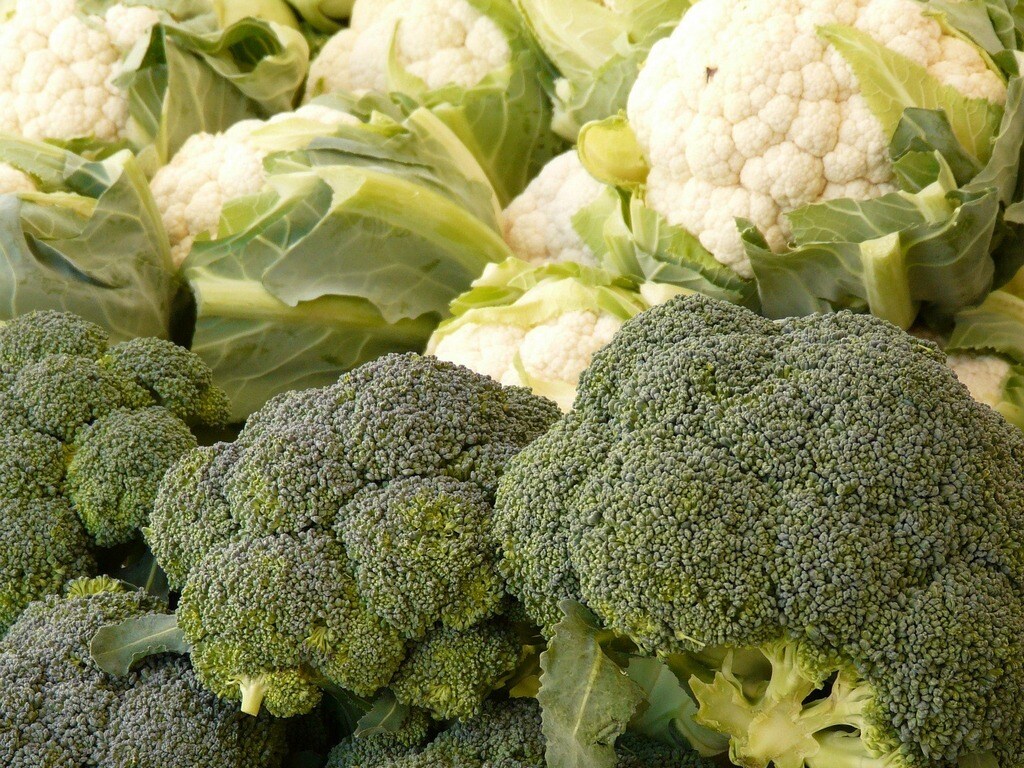
Raw
They retain more vitamin C and intact fibers, great for chewing and regularity. Beta-carotene is present but less absorbable.
CookedCooking makes beta-carotene (precursor of vitamin A) much more bioavailable for the body, essential for vision and skin. Vitamin C decreases.
🍀🍀🍀🍀
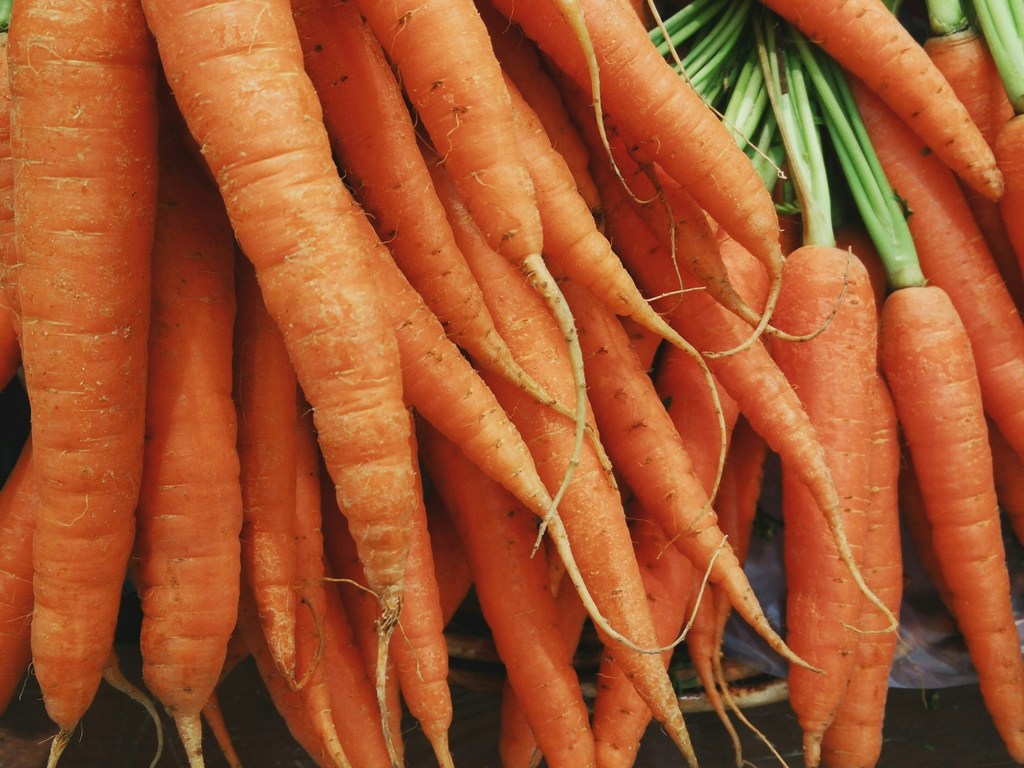
Raw
An excellent source of vitamin C and sulfur compounds (similar to allicin in garlic) and flavonoids (like quercetin), which have antioxidant, anti-inflammatory, and prebiotic properties. Vitamin C and some sulfur compounds can be heat-sensitive. Raw onion is also rich in prebiotic fibers that nourish the gut microbiota.
Cooked
The flavor becomes sweeter and they are more digestible. Even though some vitamin C and sulfur compounds are reduced, quercetin and other antioxidants tend to remain stable or even become more bioavailable after cooking, contributing to cardiovascular and digestive health benefits.
🍀🍀🍀🍀
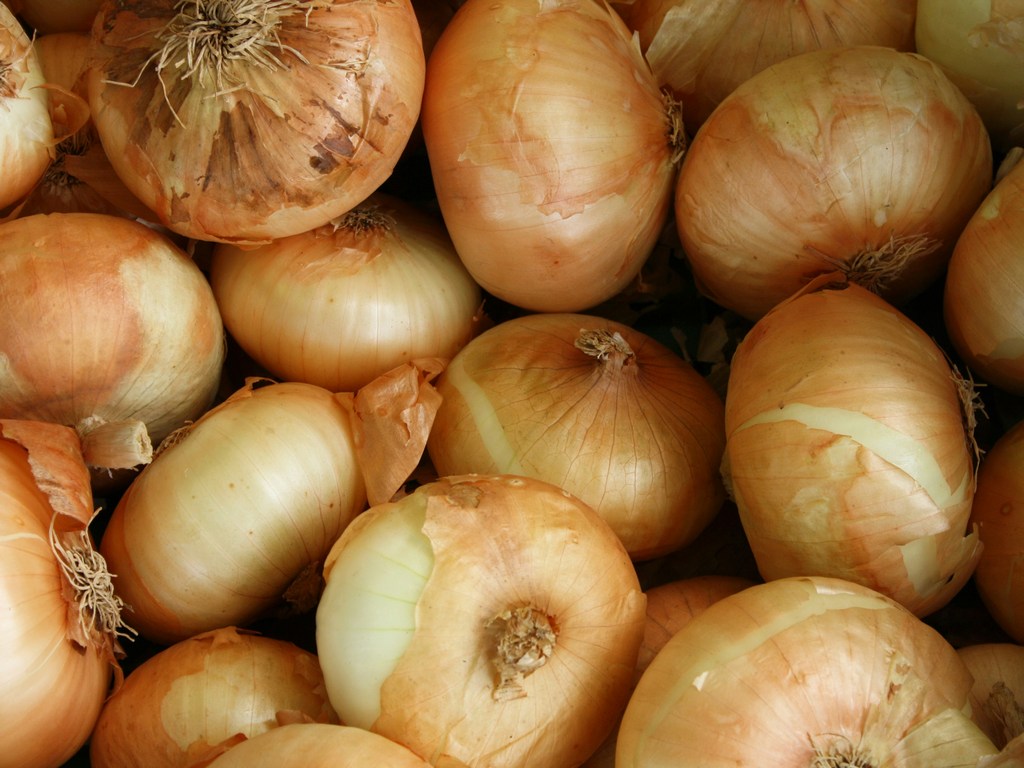
Raw
They are one of the best sources of vitamin C, especially red ones. They also retain their carotenoids (which give the color) and other antioxidants intact.
CookedCooking reduces vitamin C content but can make carotenoids (like beta-carotene and lycopene in red peppers) more available for absorption, similar to tomatoes.
🍀🍀🍀🍀

Raw
They are rich in vitamin C (heat-sensitive, so it is lost with heat) and have a high content of water and minerals. They contain lycopene, but in a less easily absorbable form.
CookedCooking (especially with a bit of fat like oil) greatly increases the bioavailability of lycopene, a powerful antioxidant useful for cardiovascular health and against certain types of cancer (e.g., prostate). Vitamin C reduces.
🍀🍀🍀🍀
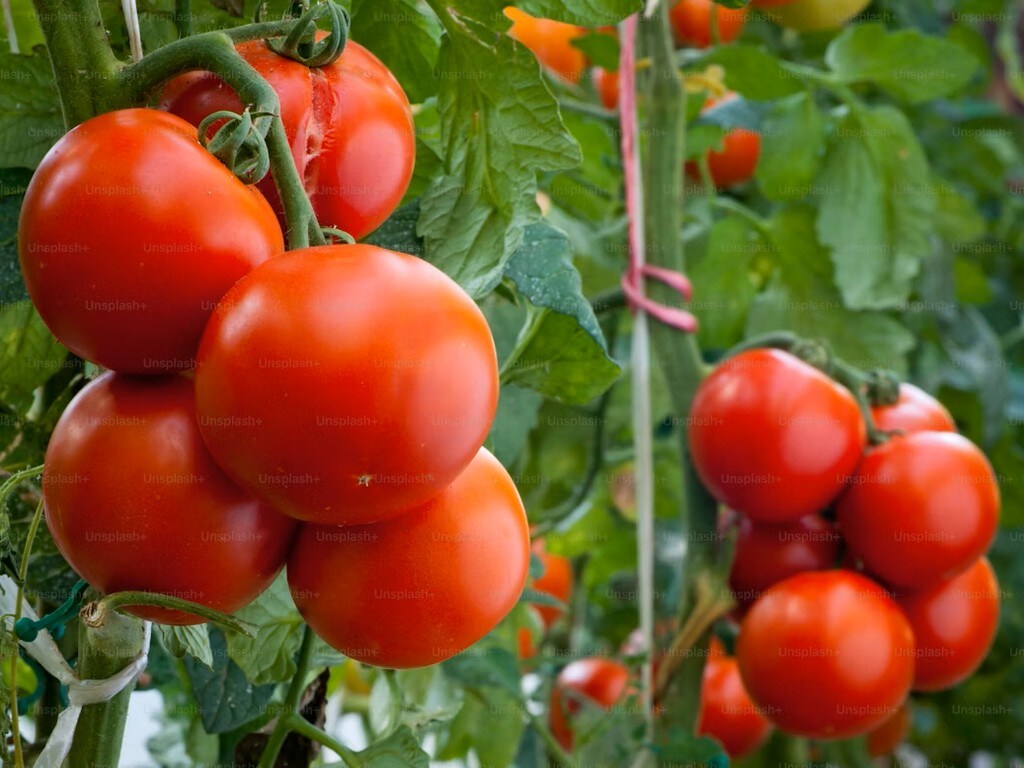
Raw
Rich in vitamin C, folates, and potassium. Vitamin C is heat-sensitive and degrades with heat. Oxalates present in raw spinach can bind to minerals like calcium, making them less available for absorption.
CookedCooking (e.g., steaming or briefly sautéing) reduces oxalates, increasing the bioavailability of minerals like iron and calcium. Although vitamin C decreases, cooking can increase levels of carotenoids (like beta-carotene, precursor of vitamin A) and antioxidants like lutein and zeaxanthin, which are more easily absorbable.
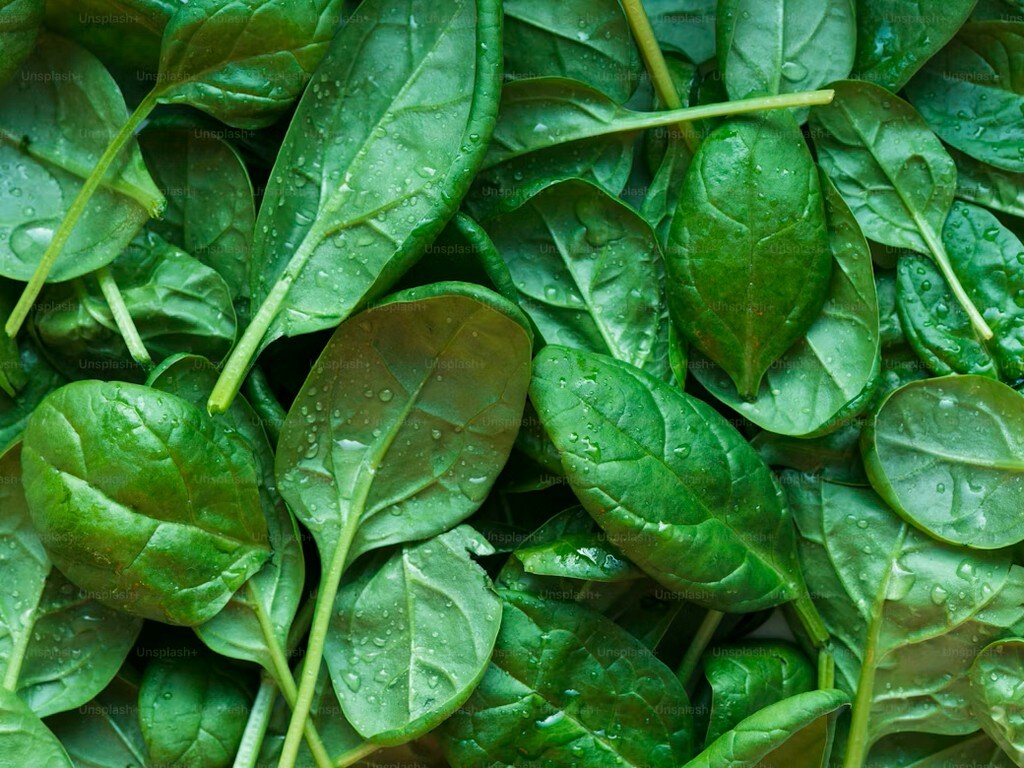
SUMMARY – raw and cooked vegetables
To get the most benefit from these vegetables, it is often advisable to consume them both ways.
Raw to maximize the intake of heat-sensitive vitamins (like vitamin C) and specific volatile enzymes/compounds.
Cooked to increase the bioavailability of some minerals, fibers, and antioxidants that are released or made more easily absorbable with heat. Additionally, cooking can make them more digestible for some people.
By varying the preparation methods, a wider and more diverse intake of nutrients is ensured.

